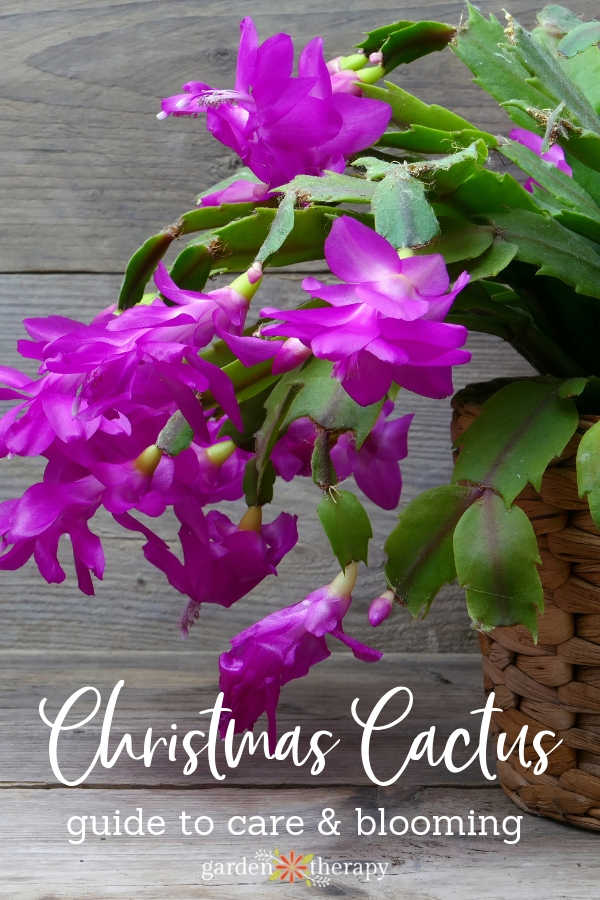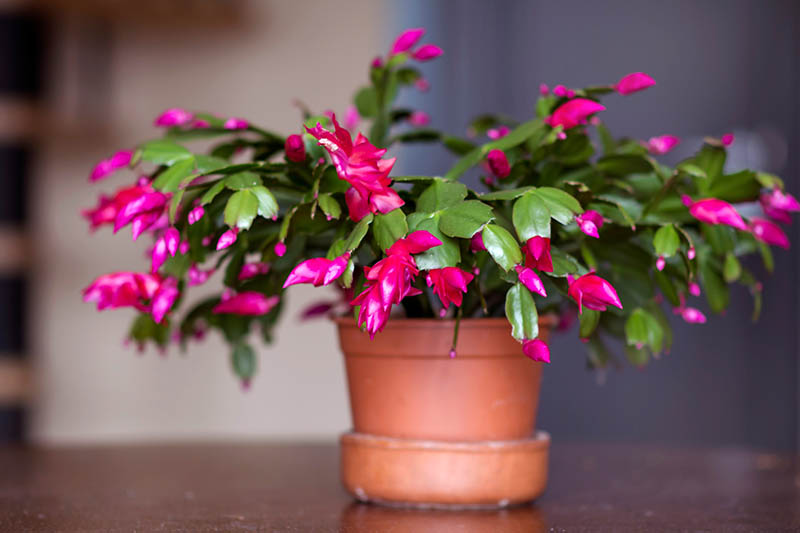Unlocking the Secrets of a Vibrant Holiday Display
The Magic of Christmas Cactus Blooms
The Christmas cactus, a popular holiday plant, brings joy and festive cheer to many homes during the winter season. Its beautiful blooms, ranging from vibrant pinks and reds to soft whites and yellows, are a true marvel of nature. But have you ever wondered how to encourage these stunning flowers to appear? Learning how to bloom Christmas cactus is a skill that requires patience, attention to detail, and a understanding of the plant’s unique needs. In this comprehensive guide, we will explore the secrets to coaxing your Christmas cactus into bloom, covering everything from environment and nourishment to pruning and troubleshooting. By following these expert tips and techniques, you’ll be well on your way to enjoying a vibrant holiday display that will impress friends and family alike.
Creating the Perfect Environment for Blooming
Providing the right conditions for your Christmas cactus is crucial for encouraging blooming. Temperature, humidity, and light exposure all play a significant role in promoting healthy growth and flowering. To replicate these conditions at home, ensure your plant is placed in a spot with bright, indirect light, such as an east- or west-facing window. Maintain a consistent temperature between 60°F to 70°F (15°C to 21°C) during the day and no lower than 50°F (10°C) at night. Humidity levels should be moderate, ranging from 50% to 60%. By mimicking these ideal conditions, you’ll be well on your way to creating an environment that fosters blooming. Remember, understanding how to bloom Christmas cactus requires attention to detail, and getting these basics right is essential for success.
Nourishing Your Christmas Cactus for Optimal Blooms
Fertilization, watering, and pruning are essential components of a comprehensive care plan for Christmas cacti. To encourage blooming, it’s crucial to provide your plant with the necessary nutrients. A balanced, water-soluble fertilizer (20-20-20) applied during the growing season (spring and summer) will promote healthy growth and flowering. Dilute the fertilizer to half the recommended strength to avoid burning the roots. When it comes to watering, it’s essential to strike a balance between moisture and dryness. Water your Christmas cactus when the top inch of soil feels dry to the touch, and avoid getting water on the leaves to prevent rot. Pruning is also vital for encouraging blooming. Remove any weak or damaged segments, and cut back long stems to encourage branching. By following these nourishment guidelines, you’ll be well on your way to creating a thriving environment that fosters blooming. Remember, learning how to bloom Christmas cactus requires attention to detail, and getting these basics right is essential for success.
The Power of Repotting and Soil Selection
Repotting your Christmas cactus is a crucial step in promoting healthy growth and blooming. This process not only provides a fresh start for the roots but also allows for the selection of a well-draining potting mix and a suitable pot size. When to repot? Typically, Christmas cacti need to be repotted every 2-3 years, as the soil can become depleted of nutrients over time. Choose a pot that is only slightly larger than the previous one, as this will prevent the soil from becoming too wet. A well-draining potting mix is essential, as it will prevent waterlogged soil and root rot. Look for a mix that contains perlite, vermiculite, or sand to ensure good drainage. By repotting your Christmas cactus and selecting the right soil, you’ll be creating an environment that fosters blooming. Remember, understanding how to bloom Christmas cactus requires attention to detail, and getting these basics right is essential for success.
How to Provide the Right Amount of Water and Rest
Watering and rest periods are crucial components of a comprehensive care plan for Christmas cacti. To encourage blooming, it’s essential to strike a balance between moisture and dryness. Overwatering can lead to root rot, while underwatering can cause stress, which may prevent blooming. To determine the right watering schedule, check the soil moisture by inserting a finger into the soil up to the first knuckle. If the soil feels dry, it’s time to water. Water your Christmas cactus thoroughly, making sure the pot drains well to prevent waterlogged soil. After watering, allow the plant to rest for a few days to enable the roots to absorb the water. A general rule of thumb is to water every 7-10 days during the spring and summer months, and once a month during the fall and winter. By providing the right amount of water and rest, you’ll be creating an environment that fosters healthy growth and blooming. Remember, understanding how to bloom Christmas cactus requires attention to detail, and getting these basics right is essential for success.
Pruning and Training for Maximum Blooms
Pruning and training are essential techniques to promote bushy growth and encourage more blooms in Christmas cacti. By pruning your plant, you can control its shape, encourage new segments to grow, and increase the chances of blooming. To prune your Christmas cactus, use clean, sharp pruning shears to remove any weak or damaged segments. Cut back long stems to encourage branching, and trim any leggy segments to maintain a bushy shape. Training your Christmas cactus involves providing support for the stems and encouraging them to grow upwards or outwards. You can use stakes or trellises to provide support and guide the stems in the desired direction. By pruning and training your Christmas cactus, you can create a fuller, more vibrant plant that is more likely to produce beautiful blooms. Remember, understanding how to bloom Christmas cactus requires attention to detail, and pruning and training are crucial steps in the process. By following these tips, you’ll be well on your way to creating a stunning holiday display.
Troubleshooting Common Issues and Pests
While following the tips outlined in this guide can help encourage blooming in Christmas cacti, common issues and pests can still arise. To ensure healthy growth and blooming, it’s essential to be aware of these potential problems and take preventative measures. One common issue is root rot, which can occur when the soil is too moist. To prevent root rot, make sure to use a well-draining potting mix and avoid overwatering. Mealybugs and spider mites are also common pests that can infest Christmas cacti. To prevent infestations, inspect your plant regularly and treat any infestations promptly. Regular pruning and good air circulation can also help prevent pest problems. By being aware of these common issues and taking preventative measures, you can ensure your Christmas cactus remains healthy and blooms beautifully. Remember, understanding how to bloom Christmas cactus requires attention to detail, and troubleshooting common issues is a crucial step in the process. By following these tips, you’ll be well on your way to creating a stunning holiday display.
Timing is Everything: When to Expect Blooms
One of the most exciting aspects of growing a Christmas cactus is anticipating the blooming period. Typically, Christmas cacti bloom in late November or early December, just in time for the holiday season. During this time, the plant will produce vibrant, tubular flowers in shades of pink, red, white, and yellow. To ensure maximum blooms, it’s essential to provide your Christmas cactus with the right care during this period. This includes maintaining a consistent watering schedule, providing bright, indirect light, and keeping the temperature between 60-70°F (15-21°C). By understanding the typical blooming period and providing the right care, you can enjoy a stunning display of blooms and make your holiday season even more special. Remember, learning how to bloom Christmas cactus requires patience and attention to detail, but the reward is well worth the effort. With the right care and timing, you can enjoy a beautiful, blooming Christmas cactus that will become a cherished holiday tradition.







